Locking means that the brake (whether disc or hub type) tightens the tire, and the tire has no relative movement with respect to the brake. In other words, the tire does not rotate, and the car slides on the road like a brick.
The hazards of locking: There are two main hazards of tire locking.
First, there are two types of friction, one is called rolling friction and the other is called sliding friction. Compared with sliding friction, the coefficient of rolling friction is larger, so when the car tire is not locked, the braking ability will definitely be stronger than after locking, and the braking efficiency is highest when it is close to locking.
Second, if the front wheels lock before the rear wheels, the car will lose its steering ability. Simply put, if it is a brick sliding on the road, it has no way to change its sliding direction by itself. If the rear wheels lock before the front wheels, it will cause side slip. So locking is very dangerous.
ABS is installed to solve the problem of wheel locking during braking. For cars without ABS, if you step on the brake pedal hard while driving, the wheel speed will drop rapidly. When the braking force exceeds the friction between the wheel and the ground, the wheel will be locked. The completely locked wheel will reduce the friction between the tire and the ground. If the front wheel is locked, the driver cannot control the direction of the vehicle. If the rear wheel is locked, it is very easy to skid. When a car with ABS is in an emergency, the speed sensor installed on each wheel or the transmission shaft will continuously detect the speed of each wheel. The computer calculates the wheel slip rate at that time (the slip rate can be used to understand whether the car wheel is locked), and compares it with the ideal slip rate to make a decision to increase or decrease the brake pressure. The controller instructs the regulator to reduce the oil pressure of the wheel brake cylinder to reduce the braking torque. After a certain period of time, the original oil pressure is restored. This cycle is repeated continuously (up to 5 to 10 times per second), so that the wheel is always in a rotating state with the maximum braking torque. Therefore, the ABS device can keep the wheels braked in a rolling state with slight slip at all times without locking, thereby achieving the purpose of improving braking efficiency.
Therefore, ABS is aimed at ordinary drivers to ensure their driving safety. In the 1990s, the most popular car configuration was ABS, and now ABS has become a basic configuration.
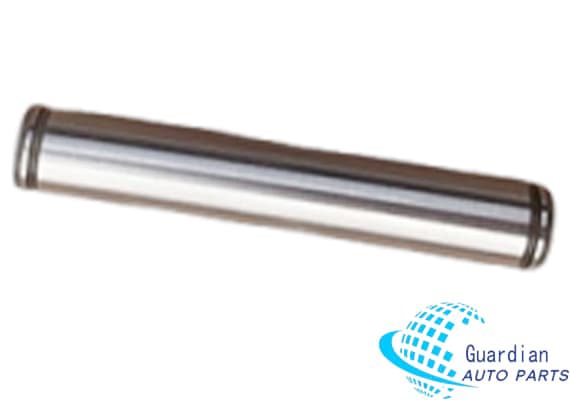
Original ZF 1316208003 pin circlip For Trucks
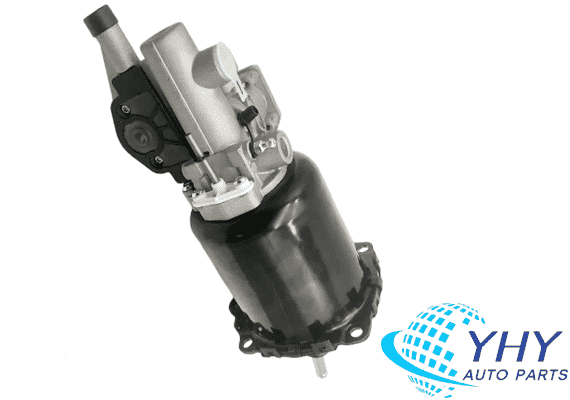
Wabco Clutch Booster 9700514740/160230554B Clutch Servo For European Trucks
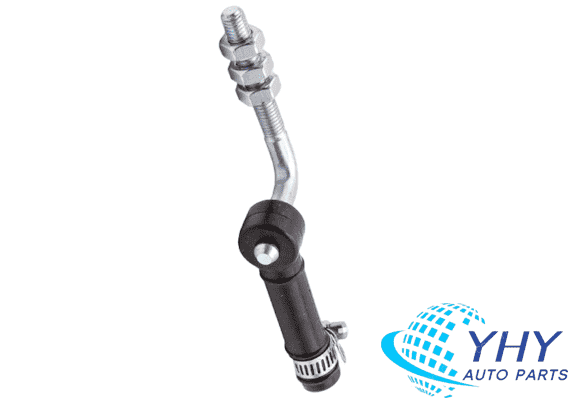
Height Valve Adjustment Lever 4334010030 Linkage For Trucks
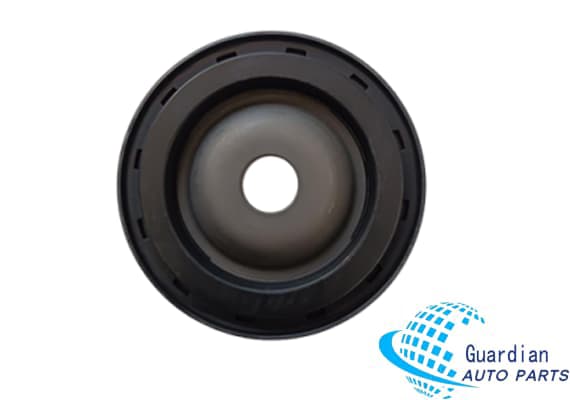
Original ZF Piston Assembly 0501337270 For Sell
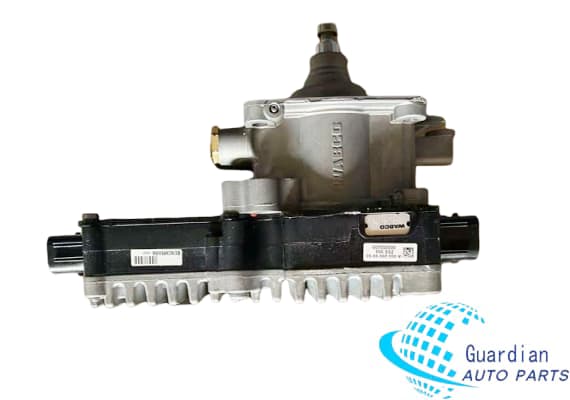
Original Wabco A0032605963/4213511870 2 Position Cylinder For Trucks
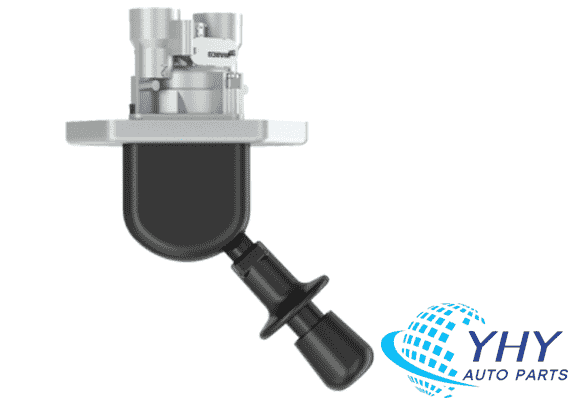
Wabco 9617230160 Hand Brake Valve 1518232/5010145721/WAB9617230160 Parking Brakes For Sell
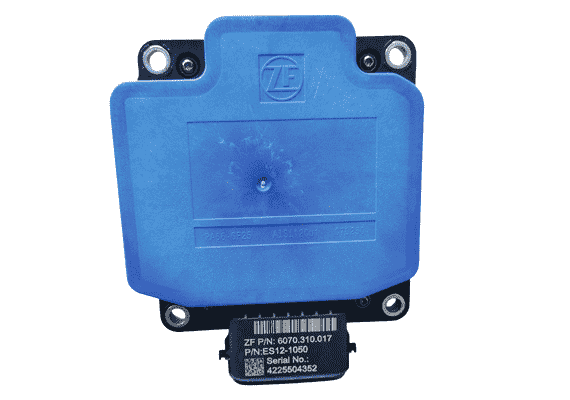
ZF Transmission Control Unit 6070310017 ECU For Sell
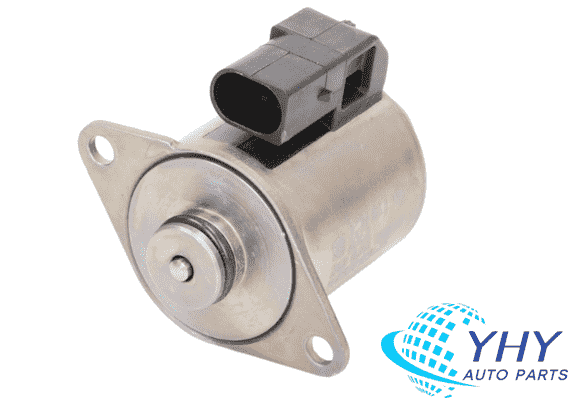
ZF 0501330120 Pressure Sensor Solenoid Valve For Trucks
Tel
